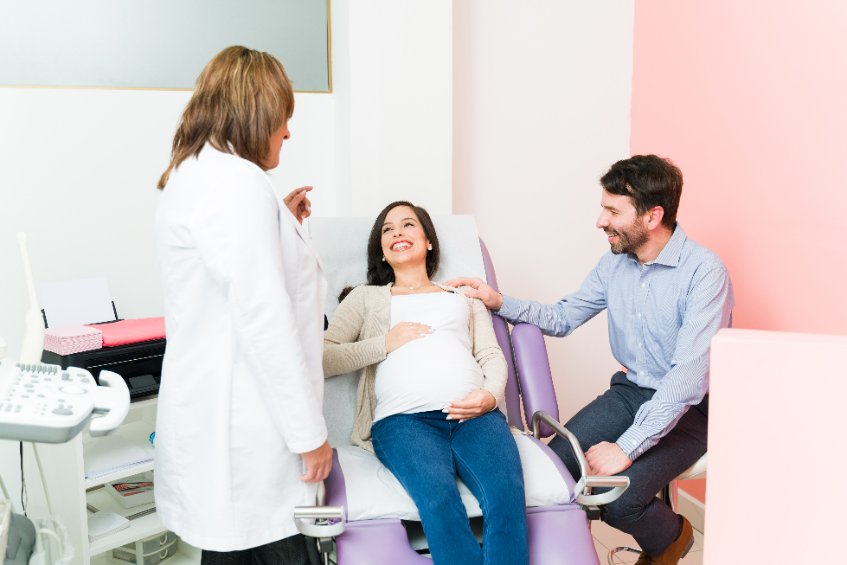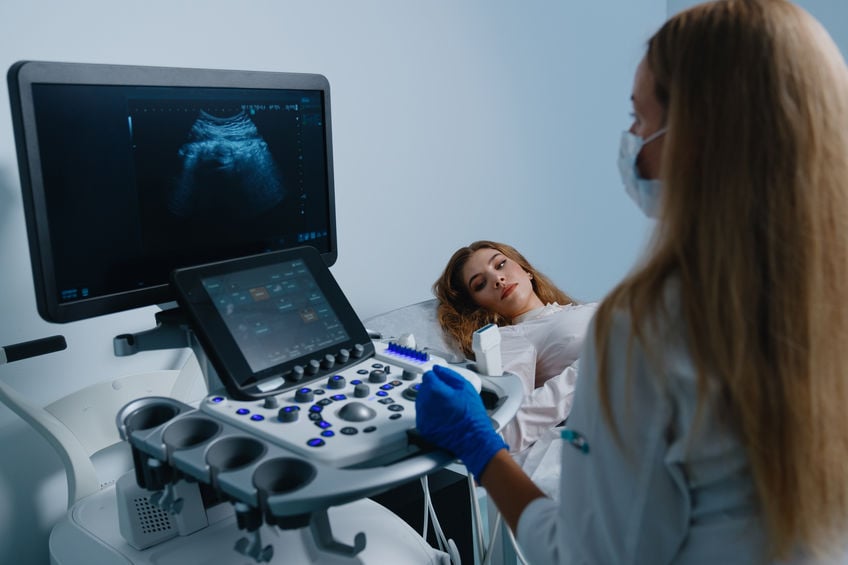Managing Infertility With Reproductive Technology
Endometriosis impacts an estimated 200 million women worldwide. Causing system inflammation, severe cramping and impaired embryo implantation, the condition makes planning for in vitro fertilization (IVF) challenging. While overall rates depend on patient background and health history, countless families across the United States rely on reproductive technology to conceive. With more than a million babies delivered thanks to fertility treatments, aspiring parents can achieve pregnancy with assisted reproductive technology (ART). From IVF to donor eggs and frozen sperm, the success of reproductive technology depends on the type of procedure selected and patient background.

The mechanics of IVF
Women are born with approximately 1 million eggs. By the time of puberty there are only about 300,000 eggs remaining. As the child grows up and gets periods, an egg per month is released via monthly menstrual cycles. About 300 to 400 eggs will be ovulated during a woman's reproductive lifetime. To confirm the exact number of eggs available. Establishing the antral follicle count helps fertility doctors confirm how many viable eggs are available. In cases of endometriosis, the finite number of eggs are often low quality. For women with severe cases of endometriosis, laparoscopic surgery can prove necessary. Waiting approximately 5-25 months after surgery can help maximize existing eggs.
What's your follicle count?
A high count indicates a full ovarian reserve, while low counts reveal potential problems with conception. Determining the ideal antral follicle count informs the fertility care plan, allowing patients to strategically manage IVF and menstrual cycles. A count of 8–10 is considered best for conception. No matter the number of follicles, only one egg is typically released per month, making timing even more critical in cases of endometriosis.
Exploring the risks
Multiple births within the uterus is the largest risk for IVF. While some patients may jump at the idea of twins or triplets, multiple births also increase risks. Notably, multiple pregnancy babies are at increased risk of premature deliveries, low birth weight, and specific disabilities. In such cases, some women go on bed rest to delay labor to a healthy date. For women carrying 3 or more babies, delivery via C-section can be a necessary, life-saving measure in some instances.
Maximizing fertility cycles
When maintaining healthy habits doesn't allow for conception, in vitro fertilization can provide hope to patients with preexisting conditions such as endometriosis. However, treatments that typically work for a woman may fail for another depending on age, health history and background. For women with endometriosis, determining the number of viable eggs and the best timing for IVF helps achieve the highest chance of conception.





